Standard Shoe Size
Standard Baby Shoe Size
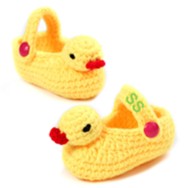
Standard Kids Shoe Size

Standard Youth Shoe Size

Standard Men's Shoe Size

Standard Women's Shoe Size
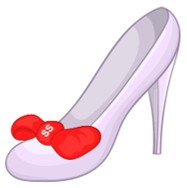
US Standard Shoe Size
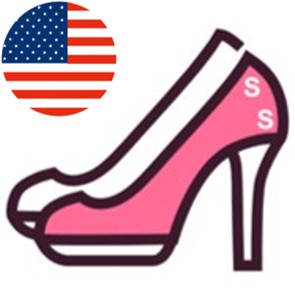
UK Standard Shoe Size
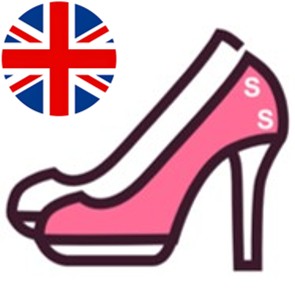
EU Standard Shoe Size

CN Standard Shoe Size
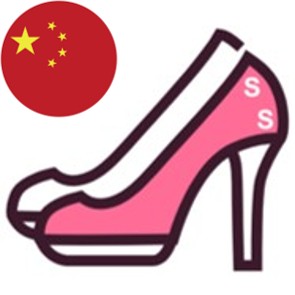
JP Standard Shoe Size

About Standard Shoe Size
1. US (United States) Standard Shoe Size
Peculiarity: The system is based on "barleycorns" (approximately 1/3 of an inch), which is why there's about a one-size difference for every 1/3 inch of length.
2. UK (United Kingdom) Standard Shoe Size.
Important: UK sizes are not the same as US sizes. A US Men's 10 is a UK Men's 9.
3. EU (European) Standard Shoe Size.
The formula is roughly: (Foot length in cm + 1.5) * (2/3) = EU Shoe Size
This system generally has smaller intervals between sizes, allowing for a more precise fit.
4. JP (Japanese) Standard Shoe Size.
This is often considered the most reliable system because it deals with a direct measurement.